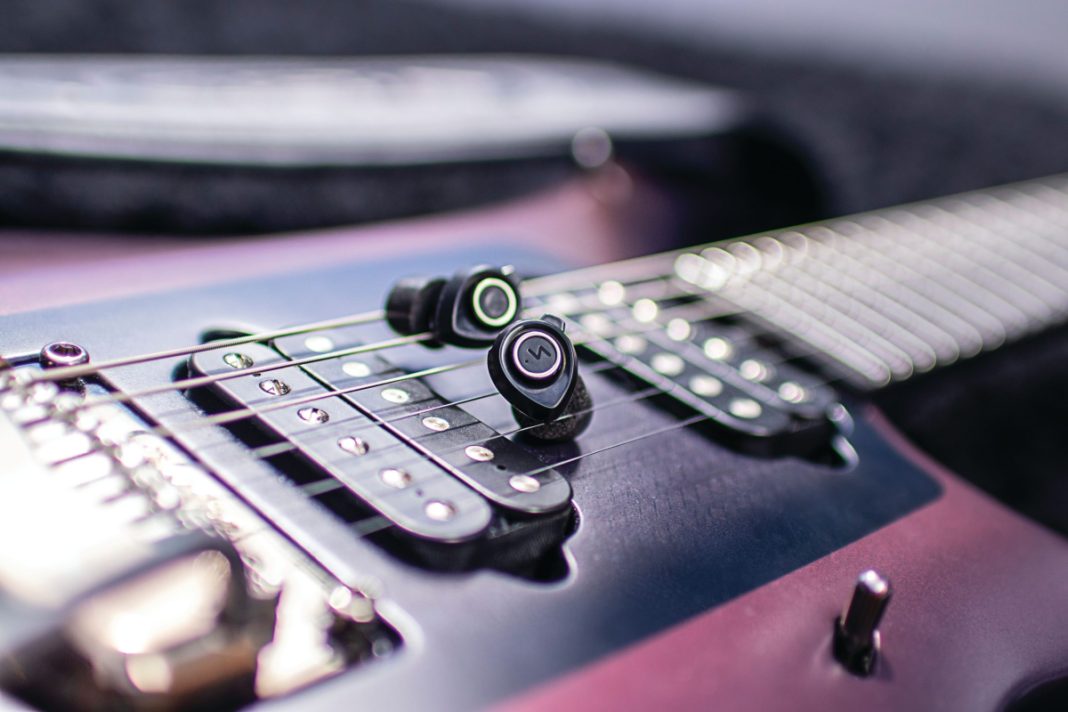Throughout the 2000s, I was working as a sound engineer, mixing bands in small to medium size venues and I often felt pressure to play at uncomfortably loud sound levels. Especially working festivals, these levels were hazardous due to the long hours of exposure. I turned to wearing earplugs, in particular after soundcheck and the first song tuned in. The irony of me as the sound engineer wearing earplugs, while most others in the venue were not, was not lost on me. However, I chose to prioritise my hearing, feeling a bit guilty. I felt that I was not sacrificing myself for the art, as I probably could have made a better mix without the earplugs I was wearing then.
Balancing the wants and needs of the performers, audience and support staff is a challenge. Bands often want the audience to physically feel the music, and most of the audience have the same expectation. Some will complain if it gets too loud, but those few have the option to wear earplugs, stand back or leave. In my experience, there are more complaints when the levels are perceived as too low.
Larger productions may have dozens of workers present doing tasks like light rigging, merchandise retail, security, barkeep etc. They are usually working in a very loud sound environment during setup with sound sources like PA tuning, uncontrolled feedback, trucks and heavy machinery. Live sound has a high number of contract workers and they will often be neglected by employer HSE responsibilities and are left to protect themselves as best they can. There are significant HSE risks with machinery, heavy equipment etc, so isolation with earmuffs will introduce higher risks of accidents, as their situational awareness is dulled. Many also have a need to communicate to do their jobs, so fully isolating ear muffs are not suitable.

Minuendo adjustable earplugs were primarily designed for the musician and concert-goer that does not want to sacrifice sound quality or comfort when protecting their hearing. It just so happens that it is the perfect fit for anyone working in the touring production and live entertainment sector. The earplugs are adjustable from 7dB to 25dB attenuation, so that you can vary the level according to how loud the environment is through the day. Importantly, the adjustment is done without reducing the sound quality – keeping a natural and flat frequency response up to around 20dB attenuation.
Minuendo comes with 11 different ear tip sizes and types, so that comfort and fit quality can even be better than custom moulded plugs. Many users find them comfortable enough to wear all day. Premium accessories like the protective case and the magnetic clasp with removable neck leash add to the everyday usefulness of having earplugs around wherever you need them.
Objective sound level monitoring is becoming more prevalent in larger productions, even mandatory in some countries. Activism for bringing the sound levels down to safe levels will help some, but I believe that there will always be more than enough situations where the sound exposure is hazardous. At the end of the day, for many in the live sound industry, it is the individual’s responsibility for taking care of their hearing in hazardous environments.
Looking back, I’m happy that I wore earplugs while working with live sound, as it is the only responsible thing for professionals that want to have a long career in a field where hearing is a critical sense.






